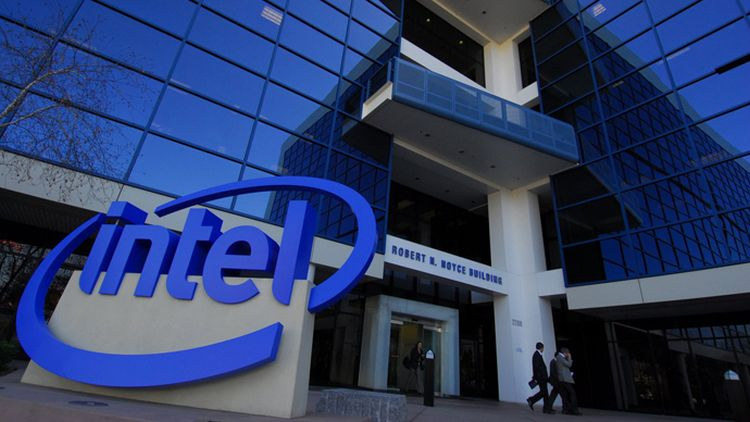
Intel is due to report its third-quarter financial results later this month, and the event will be preceded by a painful decision for the company to cut staff, according to knowledgeable sources.The number could run into thousands of layoffs, with some divisions losing up to 20 percent of their jobs.Source image: IntelInformation about the impending downsizing at Intel was released this week by Bloomberg, but concerns about its inevitability have previously been expressed by anonymous company employees on social media pages.As of the end of July, Intel had 113,700 employees, as many semiconductor companies had stopped hiring this summer, and at the previous quarterly conference, the CFO said Intel would be forced to cut costs in the third quarter of this year.By some estimates, Intel units will lose one in five employees in some cases, but that is more true for professionals in sales and marketing.Analysts at Gartner and IDC reported this week that PC and laptop sales were down 15% or 20% in the third quarter compared to the same period last year.Intel still depends about half of its revenue on the PC segment, so current market trends are undermining the company's financial performance.According to Intel's own forecasts, its year-end revenue could decline by $11 billion from expectations.Third-party analysts believe Intel's third-quarter revenue will fall about 15%.Intel's profit margin is also approaching 45% versus its historical 60%.In such circumstances, it is necessary to take measures to reduce costs, and laying off some staff is the traditional way to achieve it.Intel's fixed costs could reach $25 or $30 billion, according to some experts, and staff cuts would reduce that amount by an amount of 10 to 15%.Intel's previous major downsizing took place in 2016, when about 11 percent or 12,000 employees lost their jobs.Intel's stock price has fallen more than 50 percent this year, and it lost 20 percent in the last month alone.Management needs to show resolve in the fight to cut costs in order to gain investor confidence.Dividend payments are also in question, but the public offering of its Mobileye subsidiary should provide Intel with an influx of capital, which is good news amid such a gloomy trend.


0 Comments